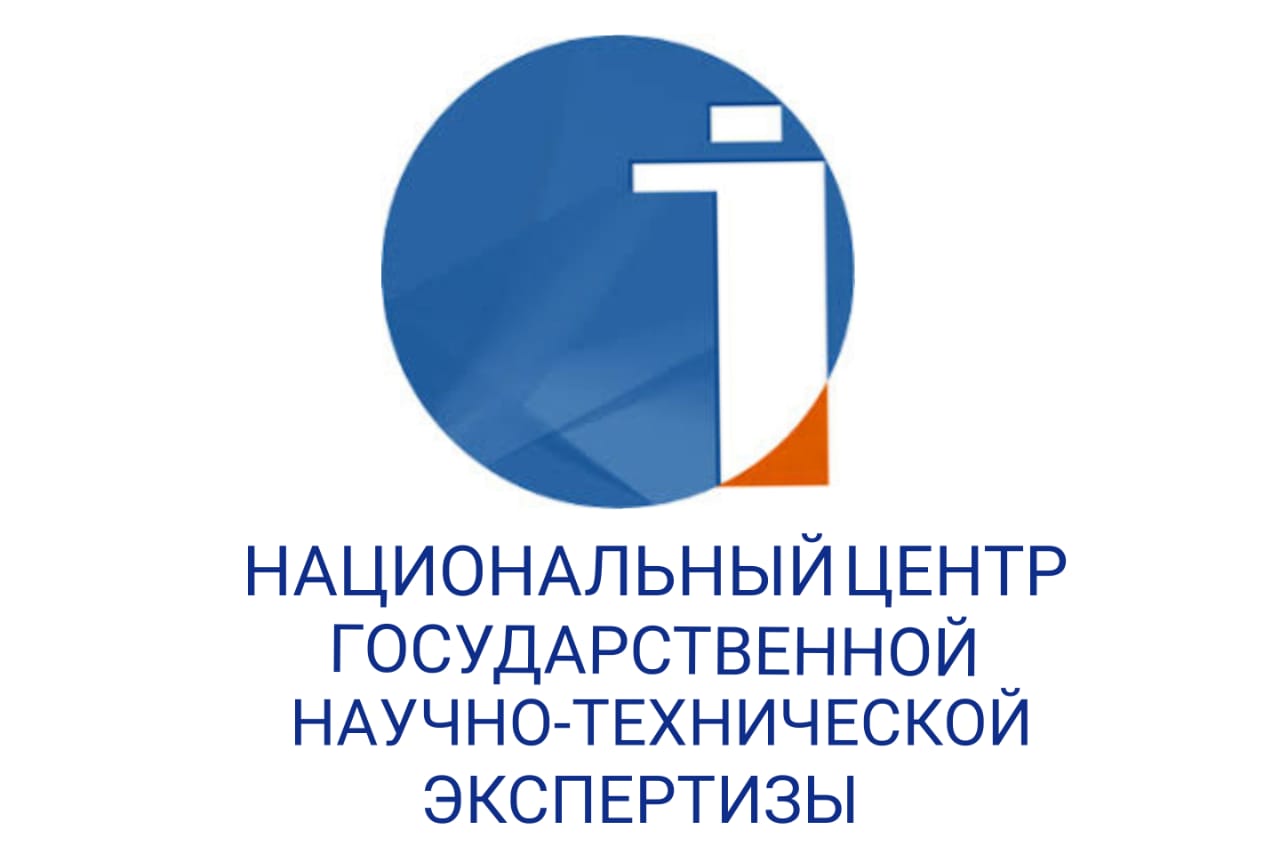IMPLEMENTATION OF STEM TECHNOLOGIES EDUCATIONAL INSTITUTIONS THROUGH VISUALIZATION AND MODELING OF MATHEMATICS
DOI:
https://doi.org/10.48371/PEDS.2024.74.3.027Keywords:
STEAM, modern technologies, engineering arts, mathematics, DMS, 3D Printing, virtual guidance, modelingAbstract
Technology-assisted learning and instruction, and in our case, dynamic mathematics software in science, technology, engineering, arts, and mathematics (STEAM) settings, have become increasingly essential over the past three decades, and this trend has increased during the COVID-19 epidemic. More recently, the development of increasingly sophisticated technologies related to mathematics, like augmented reality, computer-aided design (CAD) software, 3D printing, and global positioning system-enabled mathematical concept visualizations and modulations, as well as the evolution of various teaching and learning behaviors.
With the use of these cutting-edge technologies, students may find it easier to use their mathematics and modeling abilities to create, create simulations, and employ various representations of real-world or abstract objects. Furthermore, by using these methods, cross-disciplinary collaboration across Science, Technology, Engineering, and Mathematics (STEM) and, more recently, STEAM sectors was made possible through mathematical modeling and visualisations.
As a result, more study is being done to link how students use these tools to work on real-world problems and to visualize and model their real-world contexts. The purpose of this paper was to review promising research conducted in the last two years on the application of advanced technologies in mathematics and, more broadly, STEAM education. The research focused on the question "Can you create?" and how such innovative approaches might affect how teachers and students behave in the current educational environment.








